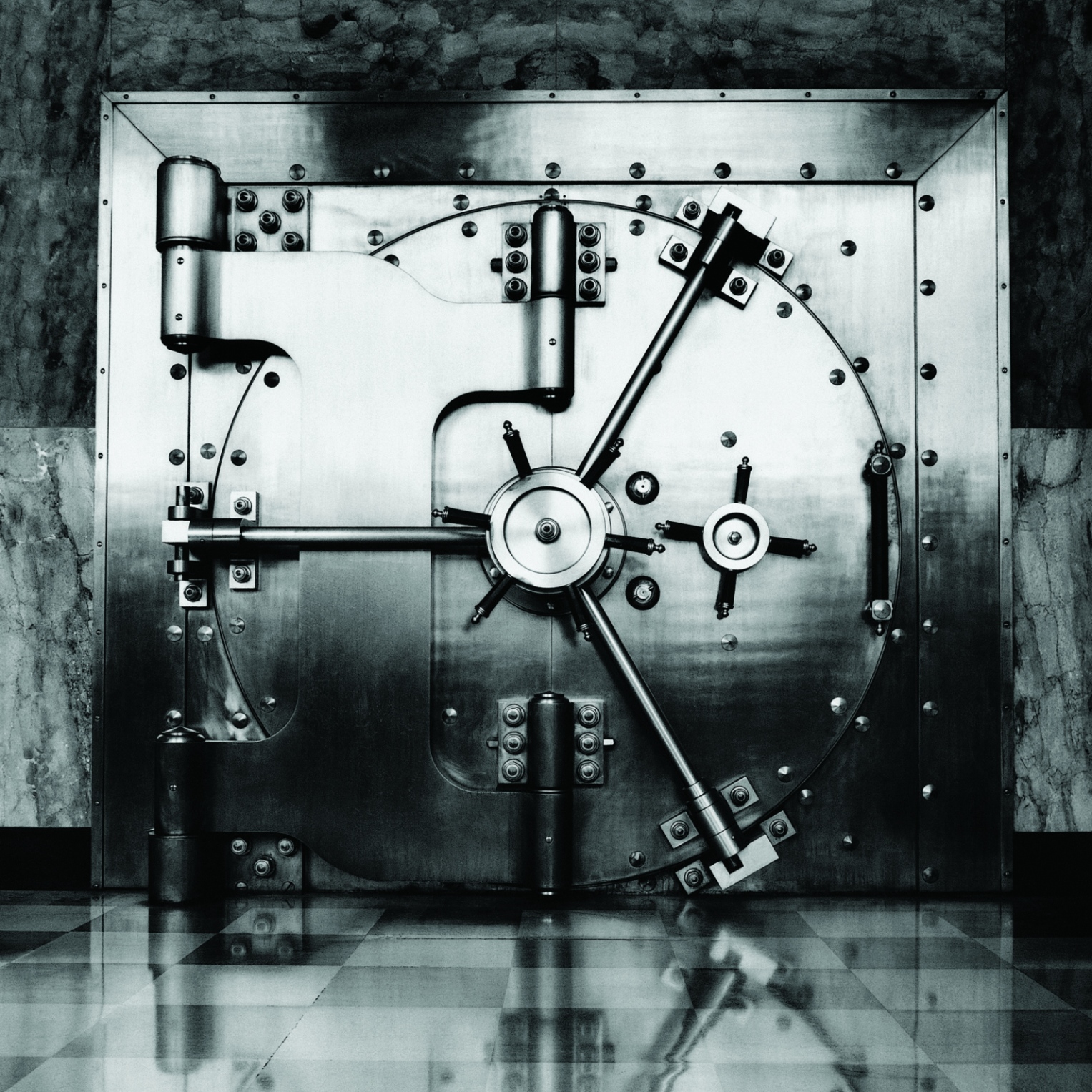Banking, finance, and taxes
The 2016 Bullish and Bearish Case for Goldman Sachs and JPMorgan

Published:
Last Updated:

As 2015 has turned into 2016 faster than most could imagine, 24/7 Wall St. wanted to see what the strategists and analysts on Wall Street expect for the stock market in 2016. The bull market took a surprise turn and was interrupted in 2015, as the Dow Jones Industrial Average closed out the year at 17,425.03, down 2.2% for the year. That may be hardly a reason to call a bear market ahead, but it is after six straight years of gains.
While the index performance of the Dow does not account for individual stock dividends, the returns from individual stocks do account for dividends on a total return basis. If analysts end up being correct in 2016, the bank holding company stocks could bring double-digit gains in the year ahead. Rate hikes are viewed with mixed fanfare by investors and analysts alike, and much may depend upon how high the Fed really takes rates up.
Goldman Sachs
Goldman Sachs Group Inc. (NYSE: GS) closed out 2015 at $180.23, for a loss of 5.8%, including its dividend adjustments. For the year ahead, the consensus analyst price target from Thomson Reuters is $208.92. If the analysts are correct, the expected total return for Goldman Sachs would be 17.4%, if you include its dividend yield of 1.4%.
What may matter now is that 2016 has gotten off to a very bumpy start. Goldman Sachs shares were trading at $170.69 after just a few days of trading.
One problem that Goldman Sachs has experienced over the years is that its growth has been relatively stagnant in the long term. Sure there have been peaks and troughs, but the prices virtually average out to the current price level looking back as far as 2011. So the outlook for growth is not necessarily strong, not to mention this company has the third lowest dividend yield out of all Dow stocks — returns are questionable as well.
The question might not be “What have you done for me?” but really “What have you done for me lately?” or “What will you do for me tomorrow?”
Goldman Sachs might be vulnerable to the fallout from the high-yield and international markets as well, with the Fed potentially increasing rates throughout 2016. Looking at the most recent earnings report, Goldman Sachs took a big hit in fixed income currency and commodities (FICC), which was down 33% year over year and 9% sequentially. Oppenheimer even pointed out that FICC trading accounted for 25% of Goldman’s revenues in 2014, down from 48% in 2009. Overall, industry FICC trading revenues have been down in 17 of the past 22 quarters. This could continue, and it very well may continue if regulators keep pressure on about what bank holding companies can really do in the trading of financial instruments.
JPMorgan
JPMorgan Chase & Co. (NYSE: JPM) ended last year at $66.03, for a gain of 8.4%, including its dividend adjustments. For the year ahead, the consensus price target is $72.96. If the analysts are correct, the expected total return for JPMorgan would be 13.2%, if you include its dividend yield of 2.7%.
Again, what may matter now is that 2016 has gotten off to a very bumpy start. JPMorgan shares were trading at $62.78 after a couple days of trading in the new year.
First things first, with the Fed gearing up to hike rates in 2016, the major banks stand to benefit, if only slightly, from the pop the in rates. The bank might expect loan revenues to steadily increase as rates continue to go up.
We can see one big positive for JPMorgan just looking at its forward price-to-earnings (P/E) multiple for the 2016 full year. This major bank clocks in at just a 10.6 multiple, making it one of the cheapest stocks on the Dow. However investors have to be careful not to fall into a value trap, similar to what we have seen happen to IBM shares falling over the years — note that Big Blue is also the cheapest stock on the Dow.
With $2.6 trillion in assets on a worldwide basis, and one of Wall Street’s savviest leaders in Jamie Dimon, the stock has a good outlook going into 2016.
Finding a qualified financial advisor doesn’t have to be hard. SmartAsset’s free tool matches you with up to 3 fiduciary financial advisors in your area in 5 minutes. Each advisor has been vetted by SmartAsset and is held to a fiduciary standard to act in your best interests. If you’re ready to be matched with local advisors that can help you achieve your financial goals, get started now.
Thank you for reading! Have some feedback for us?
Contact the 24/7 Wall St. editorial team.